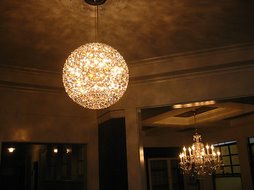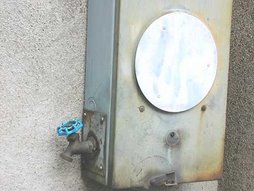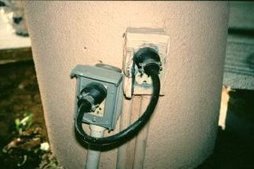Maintain Electrical Safety
The insulation on electrical wires can become damaged by wear, flexing, or age. Some clues that you may have an electrical problem are:
- Flickering lights. If the lights dim every time you turn on an appliance that circuit is overloaded or has a loose connection.
- Sparks. If sparks appear when you insert or remove a plug, that could be a sign of loose connections.
- Frequent blown fuses or broken circuits. A fuse or circuit breaker that keeps tripping is an important warning sign of problems.
- Frequent bulb burnout. A light bulb that burns out frequently is a sign that the bulb is too high a wattage for the fixture.
- Avoid the use of extension cords.
Aging happens but fires don't have to...
AFCI – a new type of circuit breaker that recognizes potential fire hazards and immediately shuts off the power.
- Loose or improper connections, such as electrical wires to outlets or switches
- Frayed appliance or extension cords
- Pinched or pierced wire insulation, such as a wire inside a wall nipped by a nail or a chair leg sitting on an extension cord
- Cracked wire insulation stemming from age, heat, corrosion, or bending stress
- Overheated wires or cords
- Damaged electrical appliances
- Electrical wire insulation chewed by rodents














